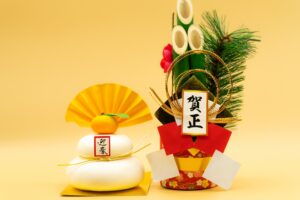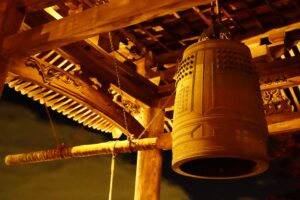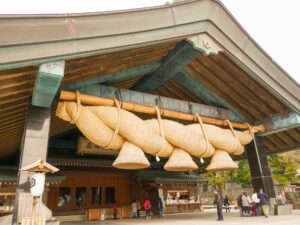Japanese temples are not only places of worship but also cultural and historical landmarks. They offer a glimpse into Japan’s rich Buddhist heritage and provide a peaceful environment for spiritual reflection. Whether you’re planning to visit famous temples or hidden gems, understanding temple etiquette and the spiritual significance of these sites can make your experience more meaningful.
Introduction to Japanese Temples
Japanese temples are integral to understanding the country’s cultural and religious landscape. Rooted in Buddhism, these temples have stood for centuries as spiritual centers and symbols of artistic achievement. They are often surrounded by serene gardens, reflecting the Buddhist philosophy of harmony with nature. Many of Japan’s most famous temples are designated UNESCO World Heritage Sites, attracting millions of visitors who come to admire their historical significance and beauty.
Temples in Japan serve not only as places of worship but also as venues for important cultural events and festivals. Understanding the origins and spiritual significance of these temples can deepen your appreciation for the unique role they play in Japanese society.
Difference Between Temples and Shrines
While both temples and shrines are sacred spaces in Japan, they belong to different religious traditions. Temples are associated with Buddhism, while shrines are linked to Shinto, Japan’s indigenous religion. Architecturally, temples often feature a sanmon, the grand gate symbolizing the boundary between the physical and spiritual worlds, while shrines include a torii gate.

Temples typically house Buddha statues, and visitors perform rituals such as lighting incense and offering prayers for enlightenment. Shrines, on the other hand, are dedicated to kami (Shinto deities), where visitors offer coins and clap their hands as part of their prayers. Understanding these distinctions is key to respectfully engaging with these sites.
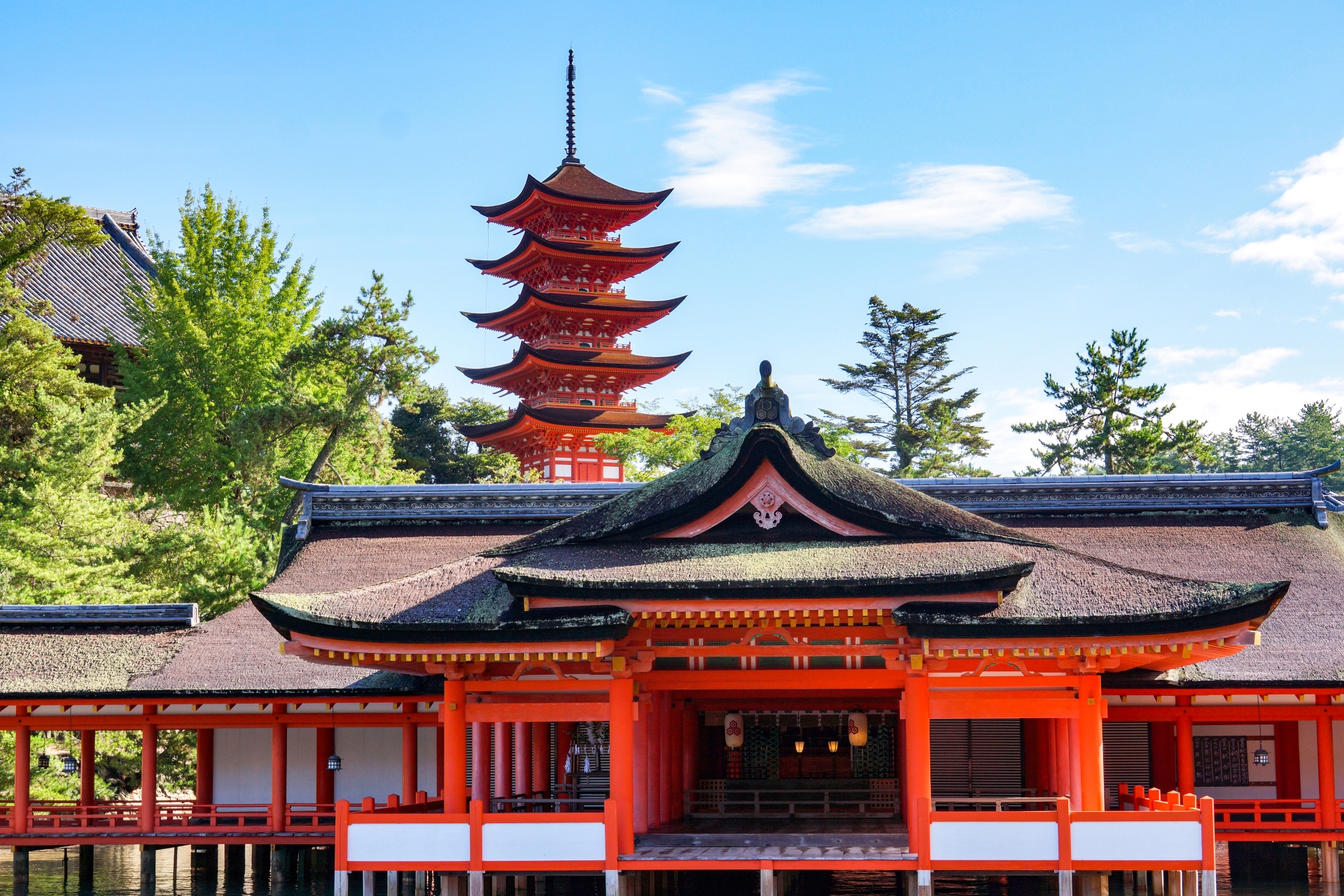
Historical Evolution of Temples in Japan
Buddhism arrived in Japan from Korea and China in the 6th century, quickly influencing the architecture, art, and culture of the country. Early temples served as centers for learning and spiritual practice, and many of Japan’s oldest structures are Buddhist temples. Over time, temples evolved from purely religious centers to include roles as cultural landmarks, educational hubs, and even tourist attractions.
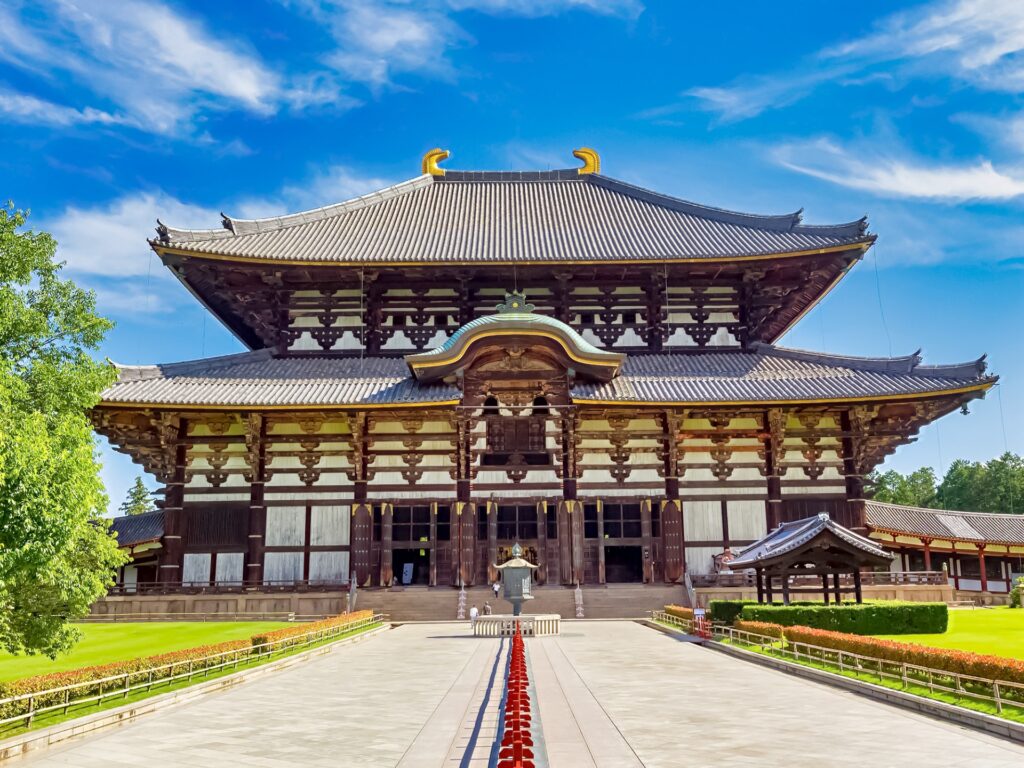
Temples such as Todai-ji in Nara, with its Great Buddha Hall, reflect the grandeur of early Japanese temple architecture. As Buddhism adapted to local customs, temples became intertwined with the Japanese aesthetic, emphasizing simplicity and natural beauty, which continues to influence modern Japanese design.
Famous Temples to Visit in Japan
Discover Japan’s most notable temples, revered for their historical and cultural importance.
Kinkaku-ji (The Golden Pavilion)
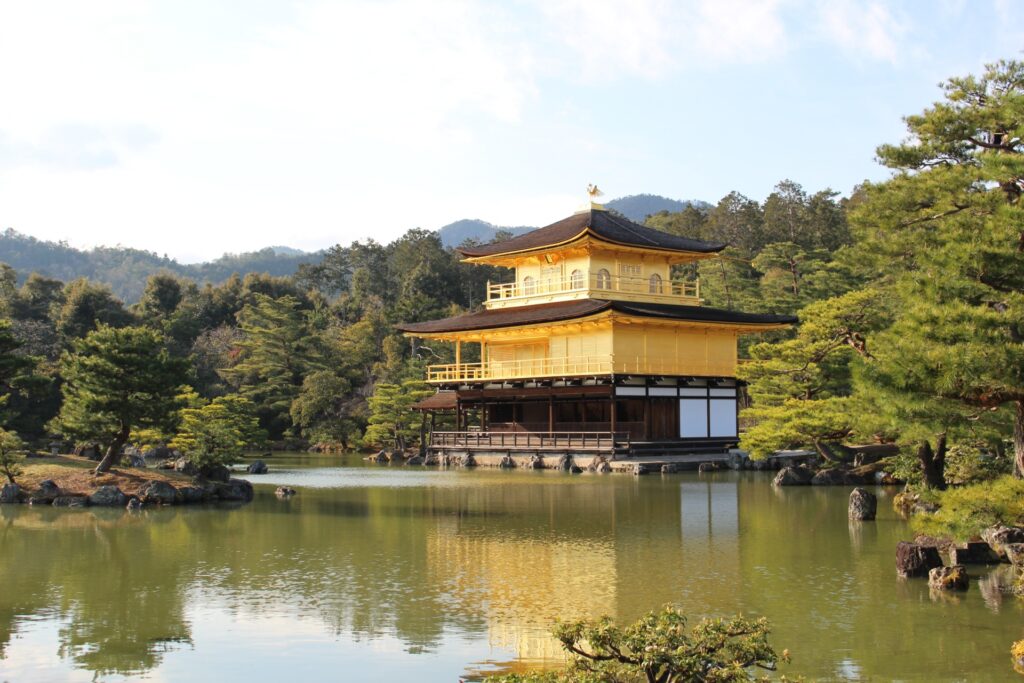
Located in Kyoto, Kinkaku-ji is one of Japan’s most iconic temples. The temple is famed for its brilliant golden exterior, which reflects beautifully in the surrounding pond. Originally built in 1397 as a retirement villa for shogun Ashikaga Yoshimitsu, it was later converted into a Zen Buddhist temple. The serene gardens and breathtaking architecture make Kinkaku-ji a must-visit site.
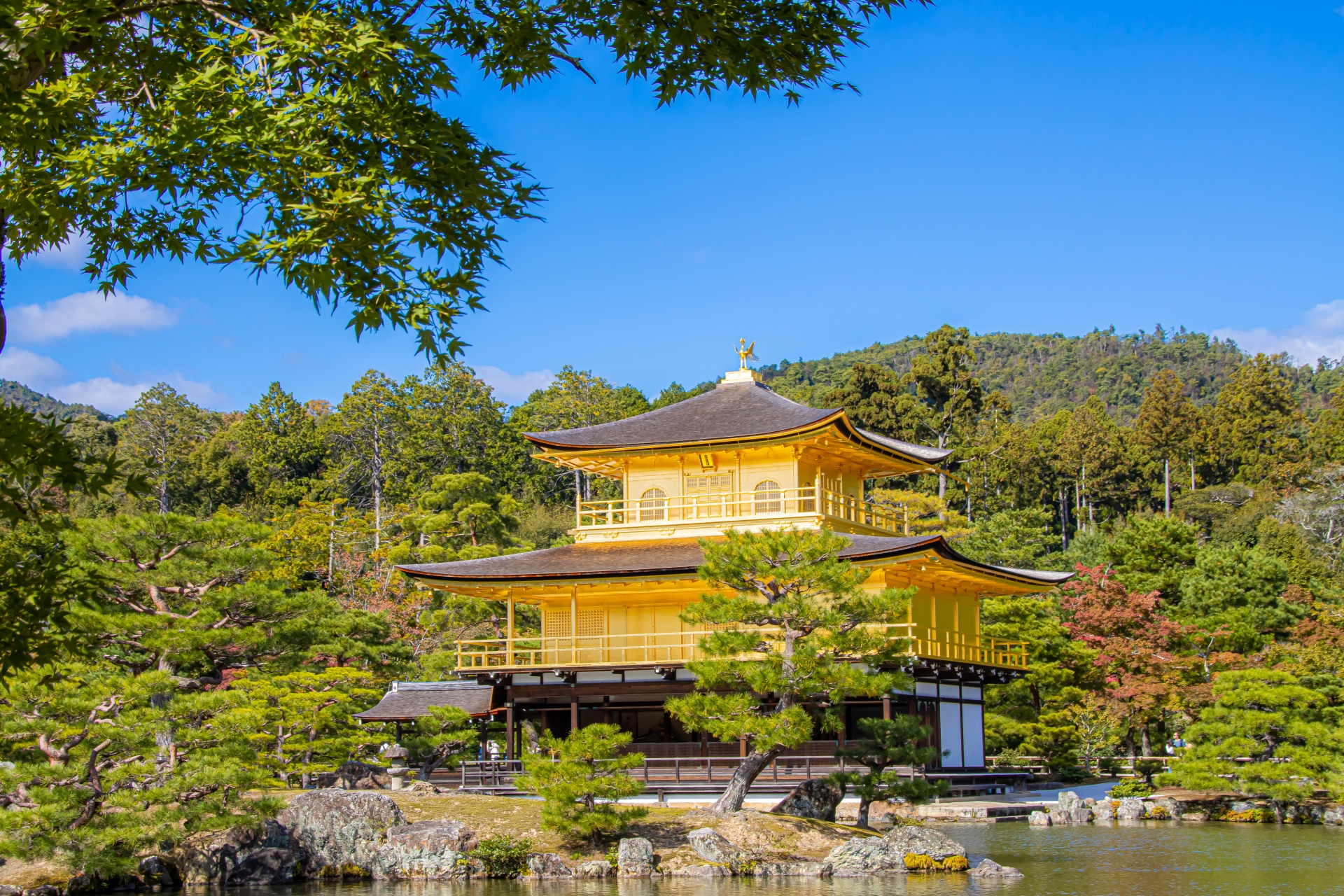
Senso-ji (Tokyo’s Oldest Temple)

Senso-ji in Asakusa, Tokyo, is the city’s oldest temple, dating back to 645 AD. This vibrant temple is dedicated to Kannon, the Buddhist goddess of mercy. Visitors can enjoy a mix of history and modern culture, as the bustling Nakamise shopping street leads directly to the temple, offering souvenirs and traditional snacks.

Todai-ji Temple in Nara
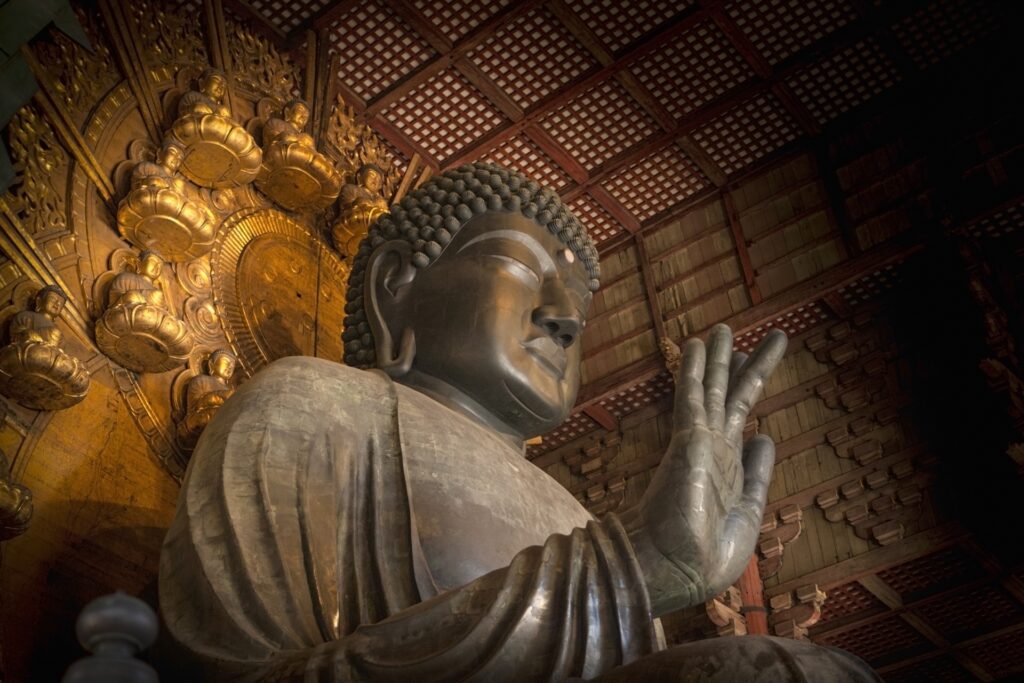
Known for its immense Great Buddha Hall (Daibutsuden), Todai-ji is home to one of the largest bronze Buddha statues in the world. This temple, a UNESCO World Heritage Site, represents Japan’s early embrace of Buddhism and stands as a monumental testament to the craftsmanship of the 8th century.
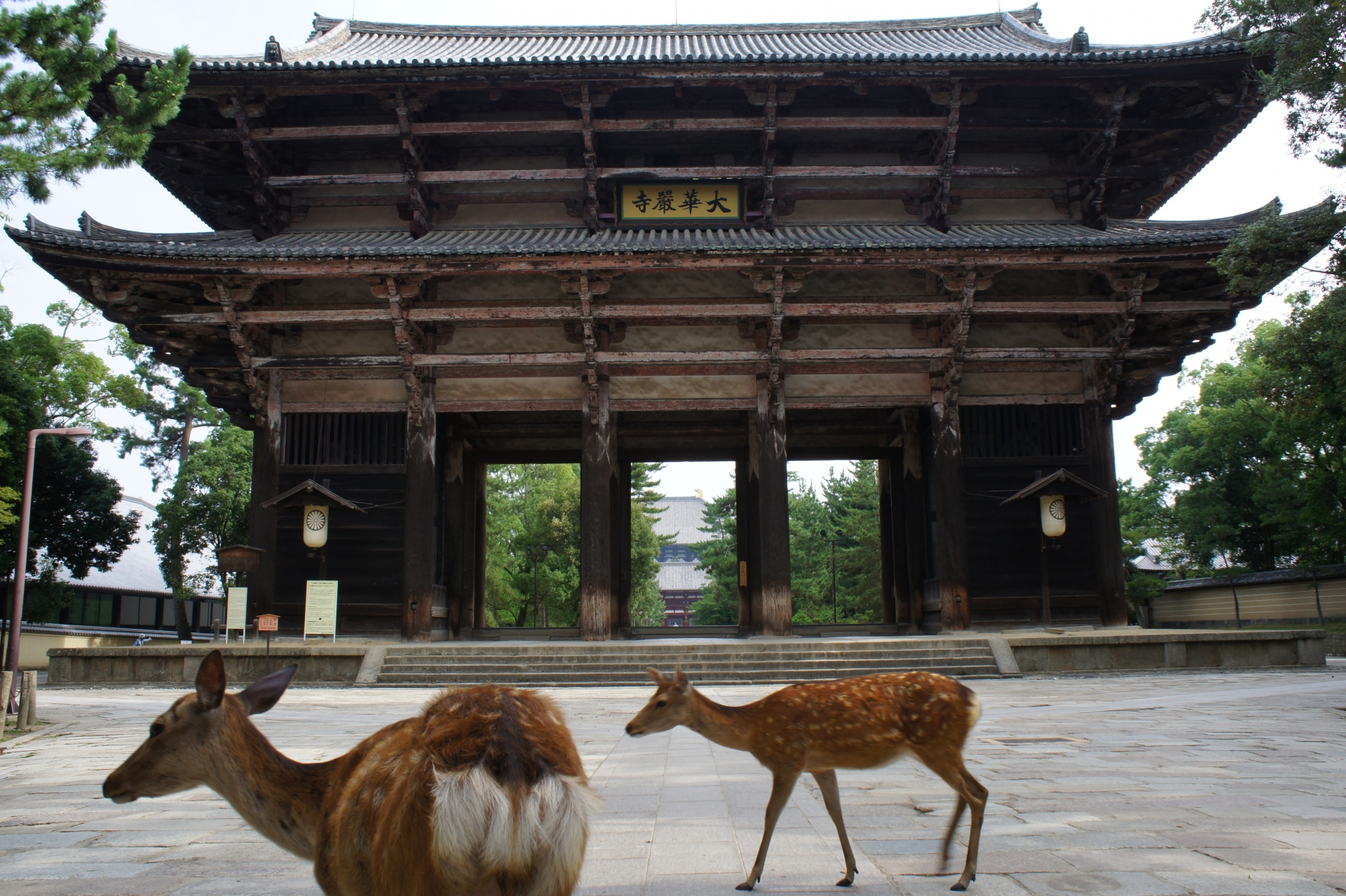
Hidden Gem Temples

Find tranquil, lesser-known temples that offer peaceful and unique experiences away from crowds.
For those seeking quieter, more secluded experiences, temples like Chion-in in Kyoto or Sanzen-in in Ohara offer tranquil environments away from the tourist crowds. These hidden gems provide an authentic glimpse into the peaceful nature of temple life, allowing visitors to connect with Japan’s spiritual heritage.
Temple Etiquette and Rituals
Understanding and practicing proper temple etiquette ensures a respectful and enriching visit.
How to Perform Temple Rituals
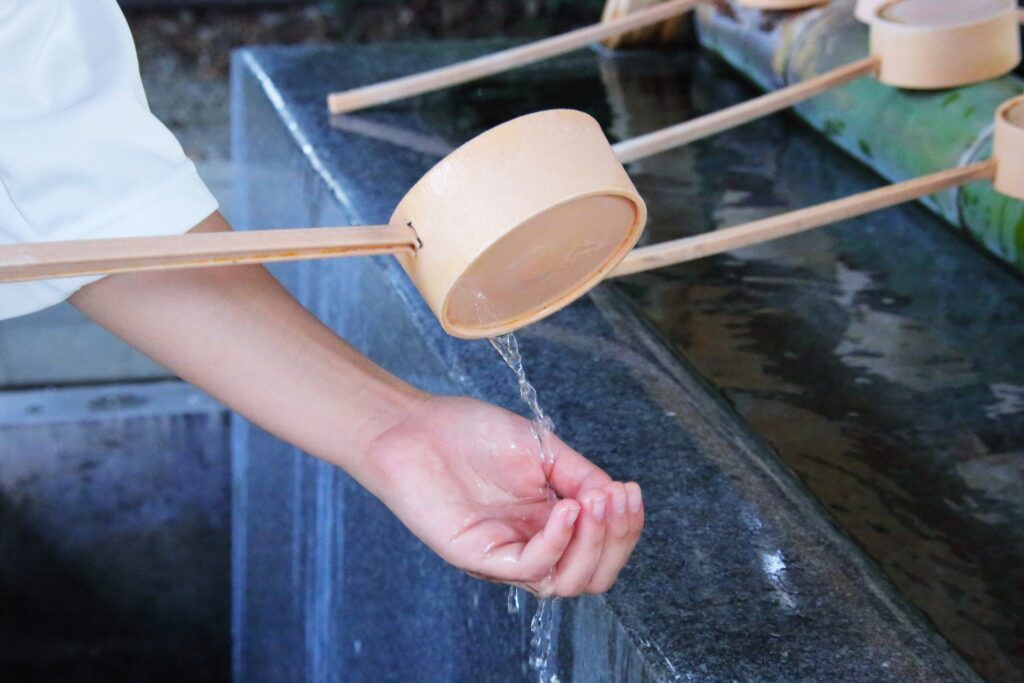
When visiting a Japanese temple, proper etiquette is essential. Begin by cleansing yourself at the purification fountain (chozuya) by rinsing your hands and mouth. Inside the temple, you may light incense and offer prayers by bowing and clapping your hands. Observing these practices with respect ensures that you honor the temple’s spiritual atmosphere.
What Not to Do at a Japanese Temple
Avoid taking photos inside sacred areas unless permitted, and refrain from loud conversations. It’s also important to dress modestly and remove hats upon entering the temple grounds. Being mindful of these customs helps maintain the sacredness of the temple environment.
The Role of Temples in Japanese Buddhism
Temples are essential centers for Buddhist practices, meditation, and religious ceremonies.
Temples in Japan are more than historical sites; they are active centers for Buddhist practice. They host meditation sessions, prayer rituals, and festivals throughout the year.
Temple Festivals and Special Events
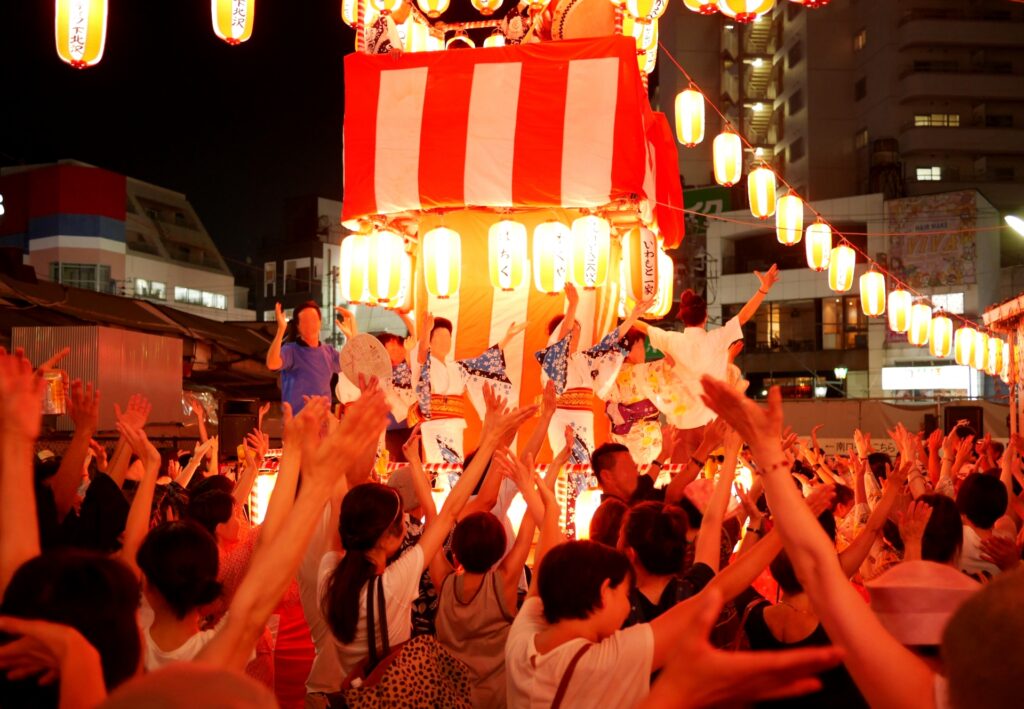
Temples are often the center of vibrant festivals and special events throughout the year. During the Obon festival in summer, people visit temples to honor the spirits of their ancestors, participating in traditional dances and rituals. Another significant event is the New Year celebrations, where visitors gather at temples for the first prayers of the year (Hatsumode). These festivals offer a unique opportunity to experience Japanese culture and Buddhist traditions in action.
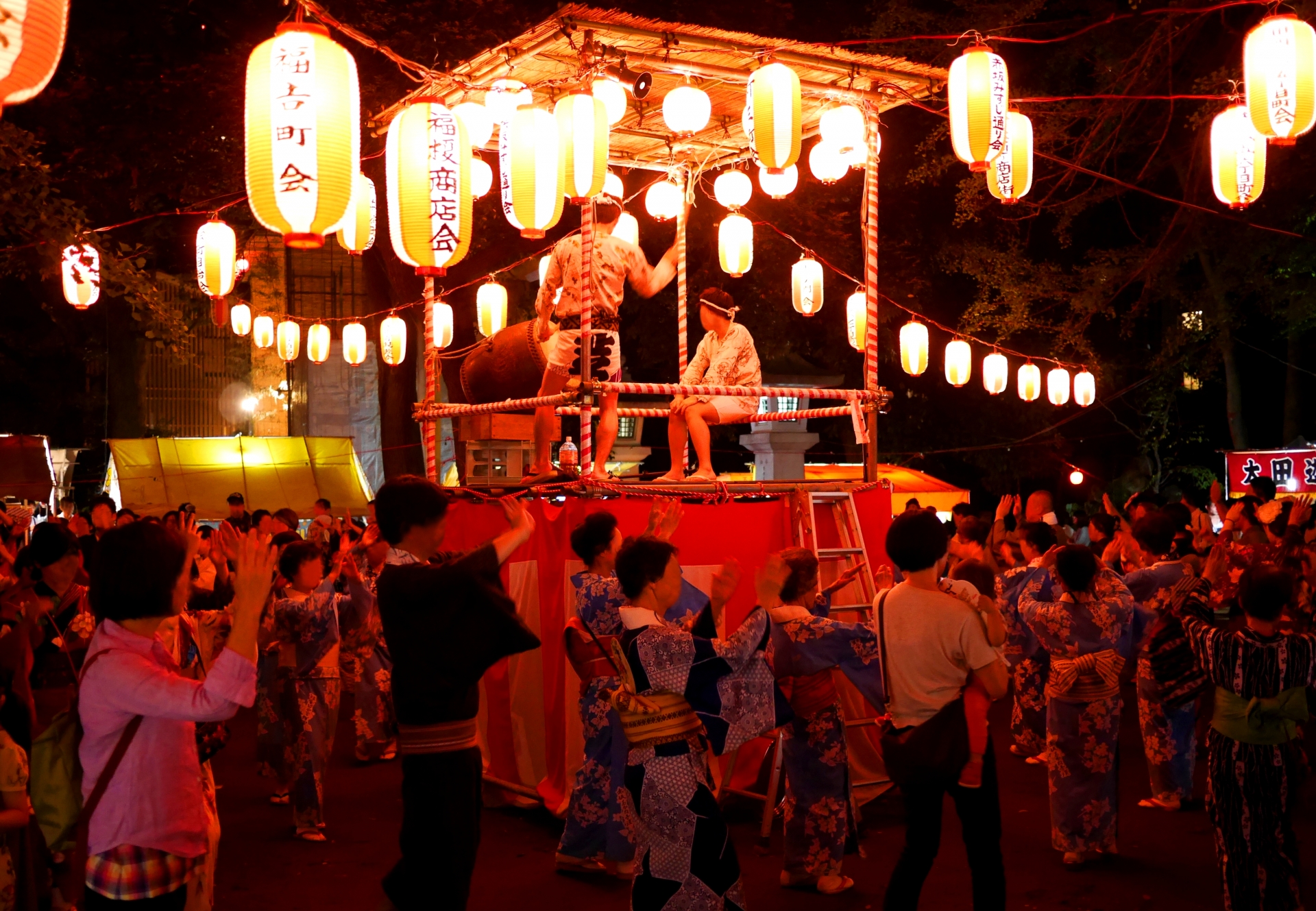
Temple Architecture and Design
Japanese temple architecture reflects Buddhist philosophy and spiritual symbolism.
Pagodas and Stupas

Pagodas, common in Japanese temple complexes, symbolize the five elements of Buddhist cosmology—earth, water, fire, wind, and void. These multi-tiered towers are both architectural marvels and spiritual symbols, representing the teachings of Buddha.
Sanmon (Temple Gates)
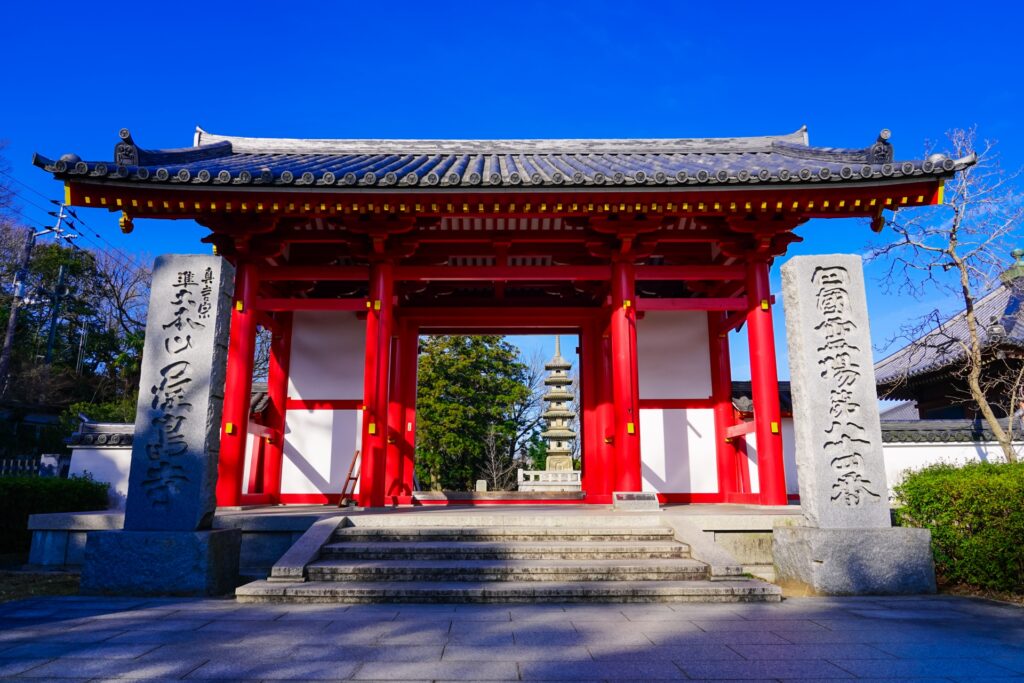
The sanmon, or temple gate, is a symbolic structure found at the entrance of many temples. Passing through the gate is said to represent leaving behind worldly desires and entering a realm of spiritual reflection.
Planning a Temple Stay Experience
Get an inside look at staying overnight at a Japanese temple and joining traditional practices.
For those seeking a deeper spiritual connection, Shukubo, or temple stays, offer an immersive experience. Guests can participate in morning prayers, meditative sessions, and enjoy traditional vegetarian meals prepared by the monks.
How to Book a Temple Stay
Many temples across Japan offer Shukubo experiences, which can be booked through travel agencies or directly via temple websites. These stays provide a rare opportunity to experience temple life from the inside.
What to Expect During a Temple Stay
A temple stay typically involves joining monks in meditation and morning prayers, followed by simple, nutritious vegetarian meals known as shojin ryori. These experiences provide a deeper understanding of monastic life and Buddhist spirituality.
Conclusion
Understanding the rich history, spiritual significance, and proper etiquette of Japanese temples is essential for a meaningful visit. Whether you’re seeking cultural insights or spiritual tranquility, Japan’s temples offer an experience that blends history, beauty, and serenity.




